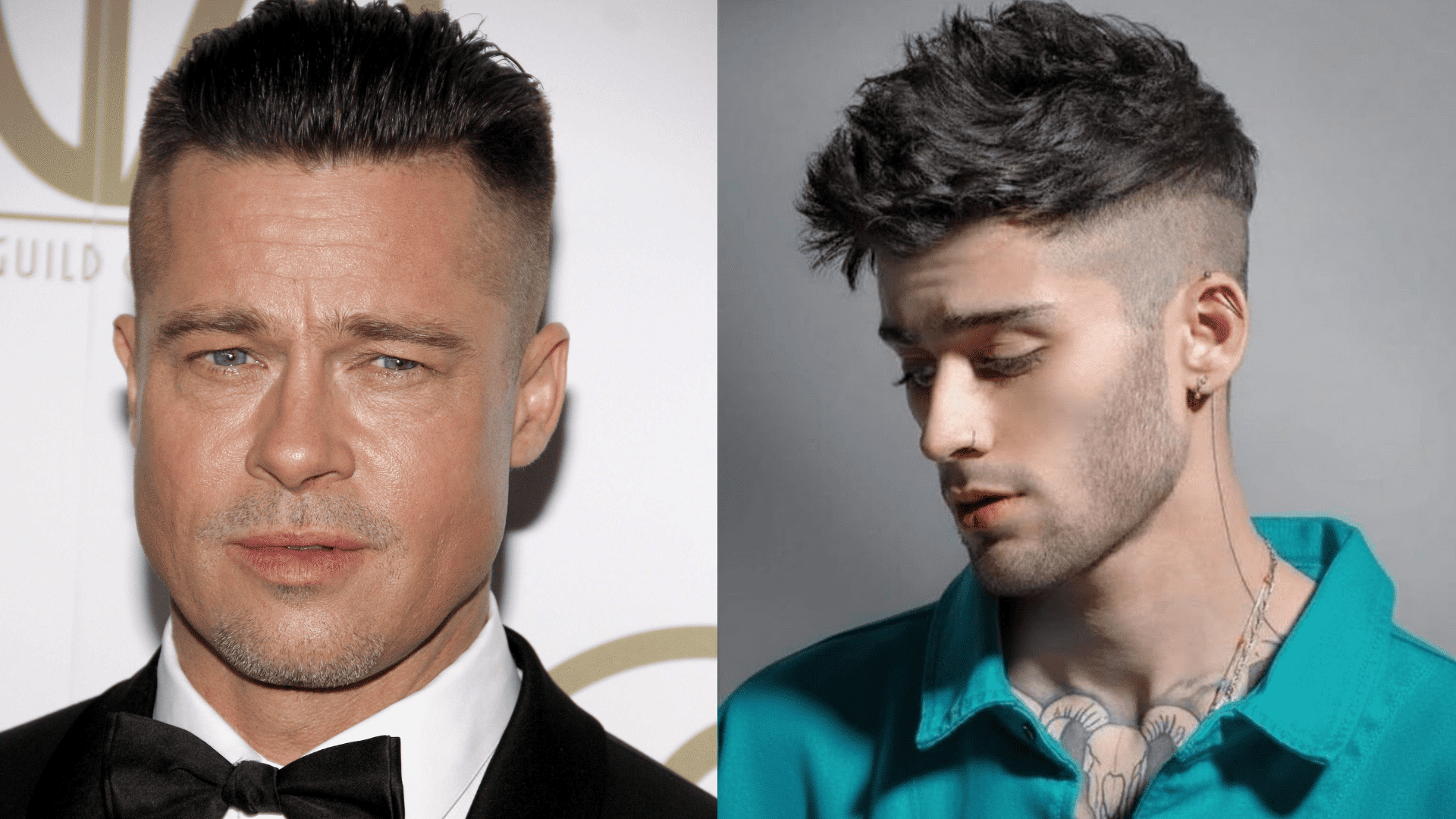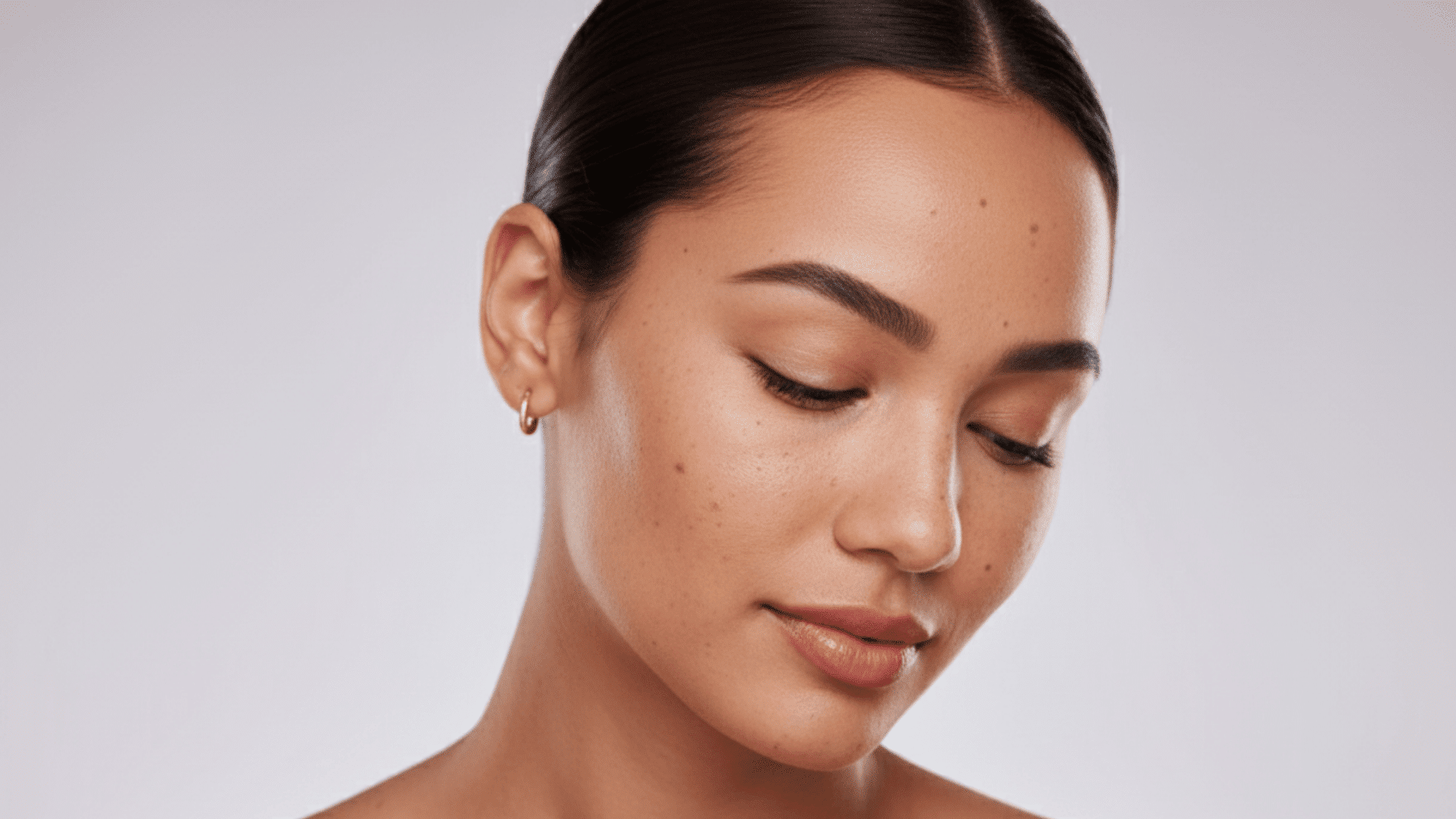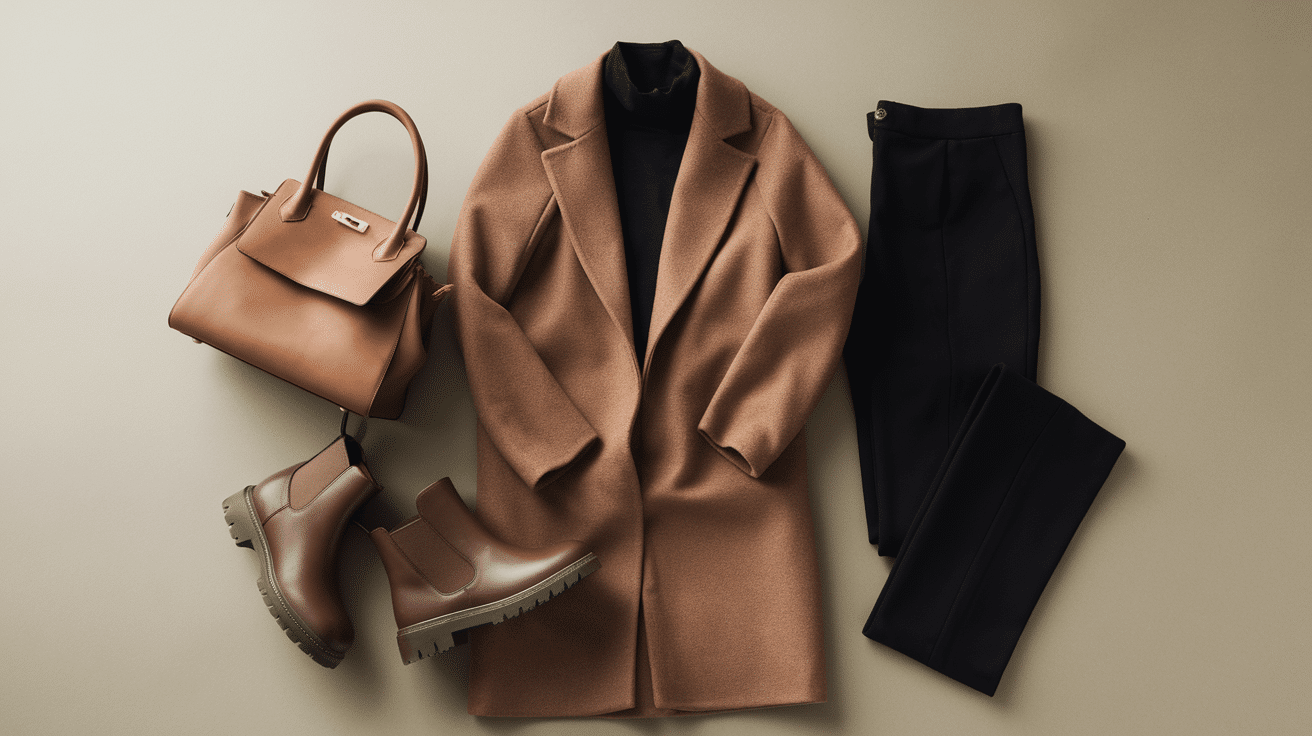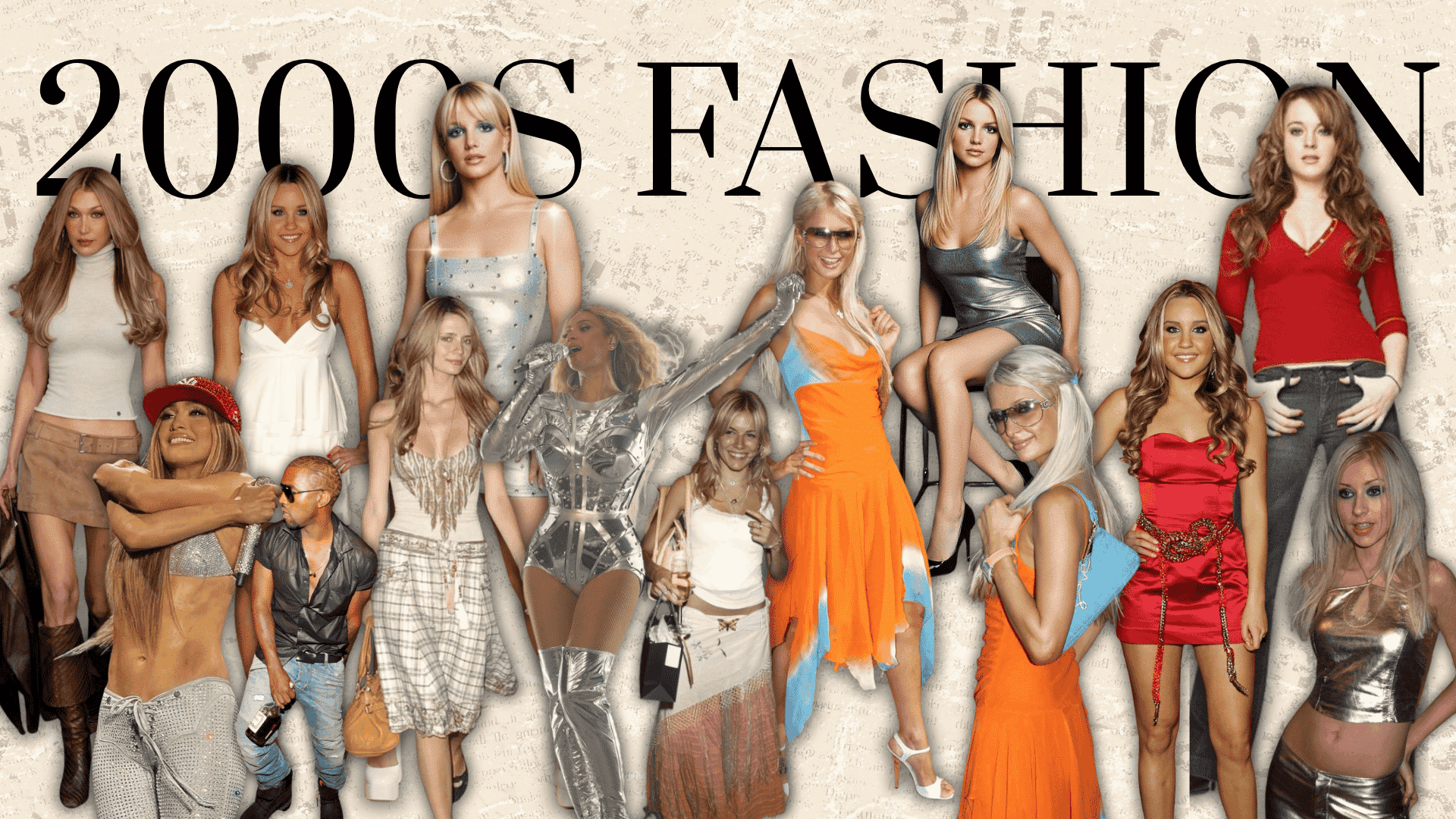Many men walk into barbershops and ask for a “fade” when they really want a “taper.”
Both styles blend hair from long to short, but they create very different looks.
A taper gives you a gradual, natural transition from top to neckline.
A fade takes hair down to the skin with a sharper, bolder finish. Knowing the difference helps you get the exact cut you want.
This blog will explain what each style means, how they differ, and which one suits your lifestyle best.
By the end, you’ll know exactly what to ask for at your next haircut.
What Is a Taper?
A taper is when the hair slowly gets shorter from the top of the head down to the neckline, but it keeps more hair on the sides and back.
The top remains the longest, while the sides and back gradually shorten near the ears and neckline.
The taper is often seen on Hollywood celebrities known for their classic style.
Ryan Gosling, Brad Pitt, and George Clooney have all sported variations of the taper haircut for red carpets and film roles.
This cut looks clean and natural and is perfect for professional or formal settings since it grows out evenly and doesn’t need frequent touch-ups.
Types of Tapers
Tapers are one of the most versatile men’s haircut styles.
They offer a clean, gradual change in length that suits almost every face shape and hair type.
When comparing taper vs fade, the taper gives a softer, more natural finish that’s easier to maintain.
1. Classic Taper
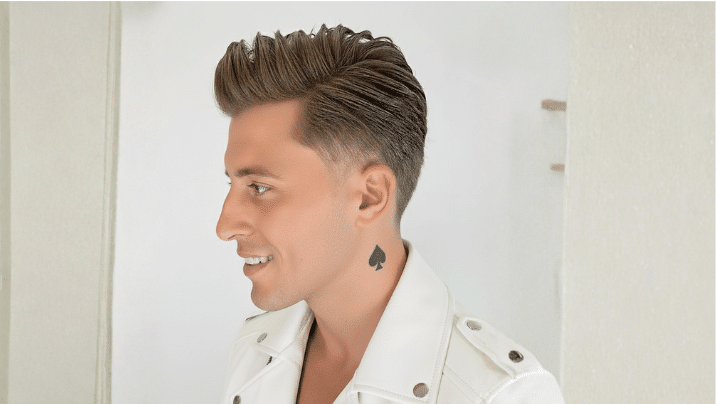
The classic taper offers a gradual change in length from top to neckline, giving a balanced and natural look.
It suits men who prefer a clean, timeless haircut that’s easy to maintain.
Compared to a fade, the taper keeps more length, ideal for both casual and professional styles.
2. Low Taper
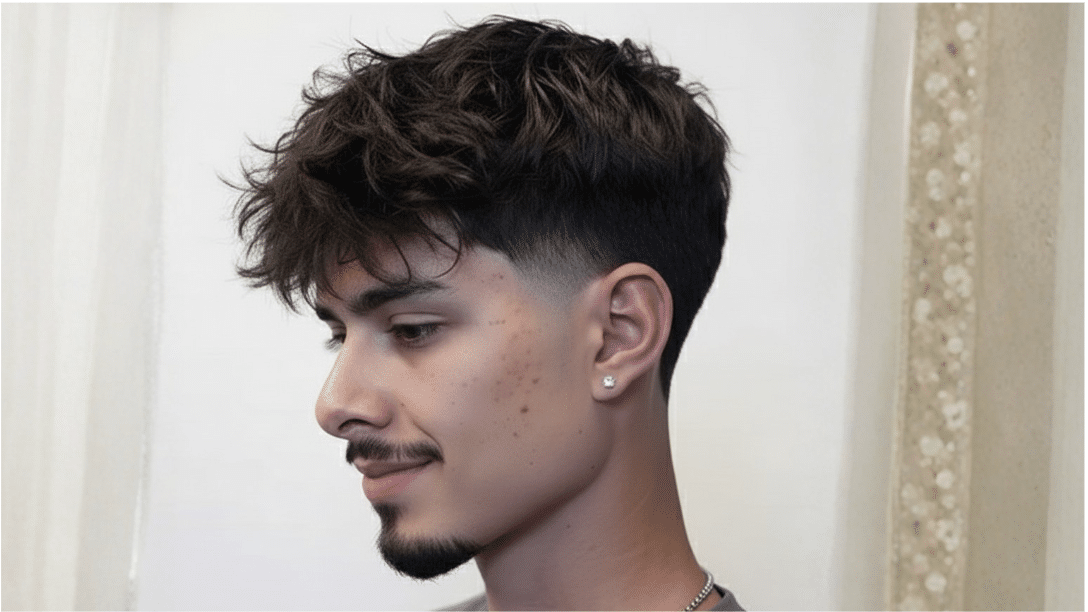
A low taper begins blending just above the ears, keeping most of the side length while maintaining a sharp finish.
It’s great for men wanting a neat yet subtle haircut.
Between taper vs fade, the low taper stands out for its natural, understated appearance and smooth transition.
3. Temple Taper
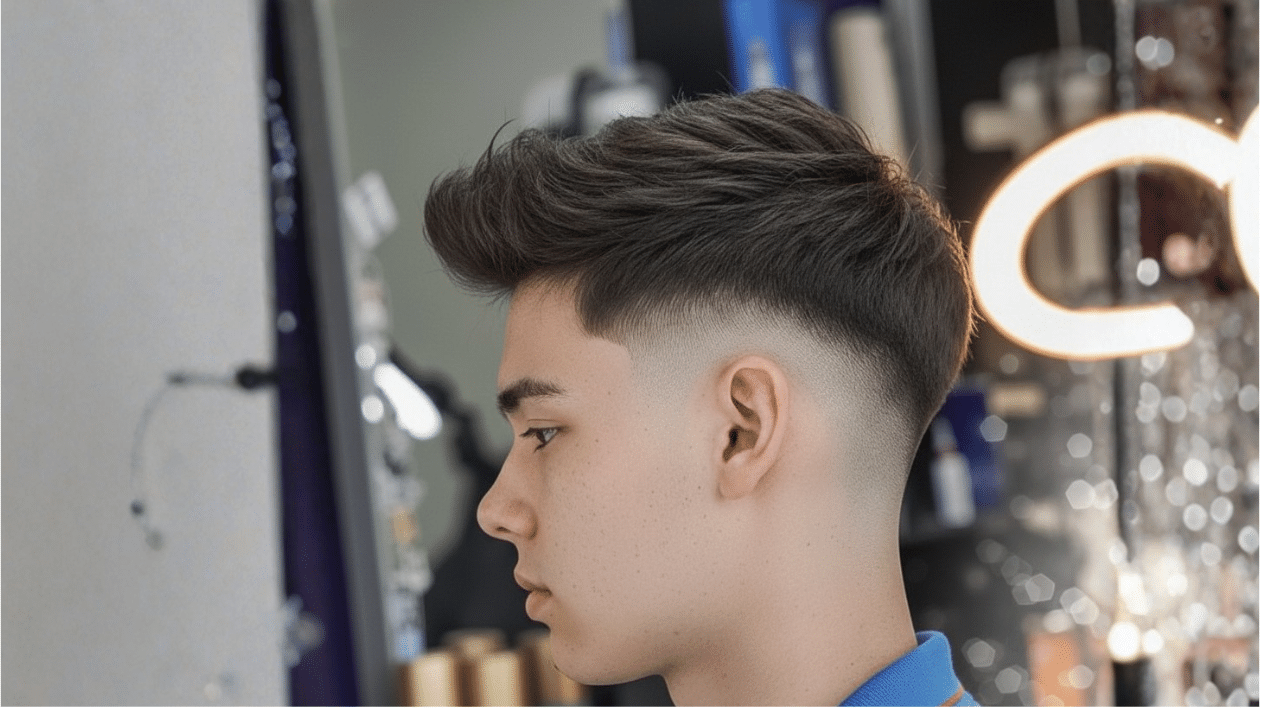
The temple taper focuses on blending the hair around the temples and sideburns for a sharp, defined outline.
It’s a favorite for men with beards because it creates a smooth transition between facial hair and haircut.
In the fade vs taper comparison, this style offers clean detailing with a natural, balanced finish that’s easy to maintain.
What Is a Fade?
A fade is a haircut where the hair gradually shortens from the top of the head down to the skin, creating a smooth and clean finish.
Unlike a taper, a fade blends the sides and back completely into the scalp, giving a sharper and more defined appearance.
The fade has become a favorite among Hollywood stars who prefer bolder looks.
Michael B. Jordan, Zayn Malik, and Chris Evans have all worn fades, showing how versatile the style can be from sporty and edgy to sleek and polished.
Fades usually need more frequent touch-ups than tapers, but the result is a fresh and polished style every time.
Knowing how to maintain a fresh fade between barbershop visits is key to keeping it sharp
Types of Fades
Fades are among the most requested modern haircuts.
They suit various face shapes and hair textures while giving a sharp, confident edge.
When comparing taper vs fade, the fade provides a cleaner contrast and a more defined style that stands out.
1. Low Fade

A low fade starts just above the ears and gradually blends into the skin.
It keeps the top length intact while giving the sides a smooth, neat appearance.
This style works well for men who prefer a subtle yet stylish haircut that’s easy to maintain and fits any occasion.
2. Mid Fade

The mid fade begins around the temple area, balancing between the low and high fade.
It adds noticeable contrast without being too dramatic.
In the fade vs taper comparison, the mid fade is ideal for men who want a modern, flexible look that suits both professional and casual settings.
3. High Fade

The high fade starts near the top of the head and blends quickly down to the skin, creating a bold, defined look.
It’s perfect for men who want strong contrast and a sharp edge.
Compared to a taper, the high fade makes a bigger visual impact while staying clean and stylish.
4. Skin Fade

The skin fade, also known as a bald fade, takes the blend all the way to bare skin. It’s one of the boldest versions of the fade haircut.
This look highlights facial features and pairs well with short, textured hairstyles.
Among taper and fade options, the skin fade gives the cleanest and most defined finish.
Taper vs Fade: The Key Differences
Tapers and fades may seem similar, but they differ in blend height, sharpness, maintenance, and overall style.
| Factor | Taper | Fade |
|---|---|---|
| Length transition | Gradual and soft | Sharp and fast |
| Height of blend | Stays lower, near neckline | Can go high, up to the temples or above |
| Hair at the bottom | Leaves some length | Goes down to skin |
| Maintenance | Low – grows out evenly | High – needs regular touch-ups |
| Overall look | Natural and professional | Bold and modern |
| Best for | Formal settings, older men, low upkeep | Trendy styles, younger men, statement looks |
Video Reference
Watch this video to see in detail how a taper and a fade differ in style and overall appearance.
Special thanks to Pete & Pedro for providing valuable insights in their video, which I referenced while creating this section of the blog
Best Haircut for Your Face Shape: Taper or Fade
Choosing between a taper vs fade haircut also depends on your face shape and hair type.
The right style can highlight your best features while keeping your overall look balanced.
Ideal Face Shapes for a Fade Haircut
A fade works best for face shapes that complement sharp lines and contrast.
-
Oval Face: Fits any fade style for a clean, modern edge.
-
Round Face: High fades add height and structure.
-
Square Face: Highlights jawlines and provides a bold, defined appearance.
-
Diamond Face: Low fades enhance cheekbones and sharpen the overall look.
Ideal Face Shapes for a Taper Haircut
A taper suits face shapes that benefit from a softer, balanced look.
-
Round Face: Adds gentle length without harsh lines.
-
Square Face: Keeps edges neat while softening strong features.
-
Heart Face: Reduces width at the forehead for a more even shape.
-
Diamond Face: Maintains smooth proportions and a natural outline.
Best Hair Products to Maintain a Taper or Fade
The right hair products keep your taper or fade looking clean and fresh between barber visits.
Choosing the right formula for your hair type helps maintain shape, shine, and texture without over-styling or buildup.
| For Daily Styling | For Edge Control | For Moisturizing | For Touch-Ups |
| Pomade | Edge Brush | Leave-in Conditioner | Trimmers & Clippers |
| Hair Wax | Edge Control Gel | Hair Oil | Beard Balm or Oil |
Conclusion
Styling a taper on straight hair is simple and versatile.
Start by applying a light styling cream or matte pomade to add texture without stiffness.
Comb the top for a neat, classic look, or use your fingers for a relaxed, natural finish.
The taper’s gradual blend makes it perfect for straight hair, as it keeps edges clean and the overall shape balanced.
A taper is ideal for men who want a professional yet low-maintenance hairstyle that stays sharp throughout the day.
Ready to refresh your look?
Visit your local barber and ask for a taper cut that complements your hair type and face shape today.
Frequently Asked Questions
Is a Taper a Type of Fade?
No, a taper is not a type of fade. A taper gradually shortens hair but keeps some length, while a fade blends hair completely into the skin for a sharper and more defined contrast.
Can I Combine a Taper with a Beard Fade?
Yes, you can. Many barbers blend the taper haircut into a beard fade for a smooth, connected look. This adds structure and gives your overall style a clean, balanced finish that grows out naturally.
How Often Should I Get Touch-Ups for a Taper vs Fade?
Tapers usually last around four to six weeks before needing maintenance. Fades grow out faster and require touch ups every two to three weeks to keep the edges sharp and the contrast between lengths well defined.

